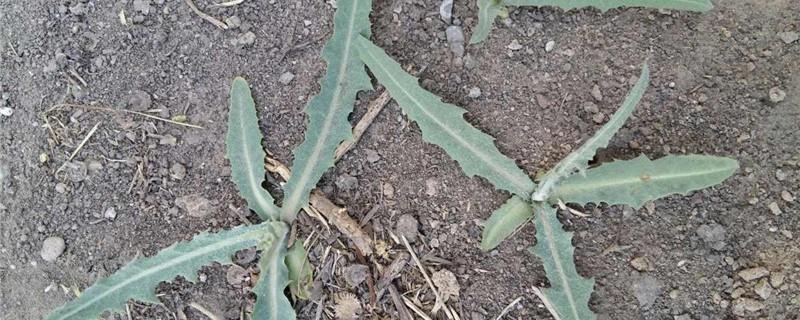How to grow wild papaya
Last Update :2024.04.30
Article Catalog
Soil: Wild papaya is not strict with soil requirements and is suitable for cultivation in loose, fertile, well-drained acidic to neutral loam. Fertilization: Use soil fertilizer, manure and other organic fertilizers as base fertilizer in the early stage, and spray foliar fertilizer in the later stage of flowering. Watering: A lot of water is needed during the growth period. Watering should be done at the right time. After fruiting, the frequency of watering can be reduced. Temperature: During cultivation, the temperature should be controlled between 22-25°C.

1. Soil:
1. Soil:
Wild papaya has strong adaptability, is not demanding on soil, and can grow on ordinary soil. However, it is best to cultivate on acidic to neutral loam soil that is loose, fertile and well-drained.
2. Fertilization:
In the early stage of wild papaya, organic fertilizers such as soil fertilizer and manure should be used as base fertilizer, and in the later stage of flowering, foliar fertilizers should be used, such as boron fertilizer, foliar fertilizer, etc. .
3. Watering:
Wild papaya needs a lot of water during its growth. Timely watering can speed up the growth of wild papaya and reduce the number of waterings after it bears fruit.
4. Temperature:
Wild papaya is not cold-tolerant and is extremely susceptible to frost damage. It is suitable for survival in high-temperature environments. The optimal temperature range is 22-25°C.
5. Prevention and control of pests and diseases:
Wild papaya is extremely resistant. As long as it is properly fertilized and pruned on time, it will generally not appear. Common diseases include leaf blight, dry rot, etc. Leaf blight, skin blight, etc. Dry rot can be sprayed with 1:2:200 Bordeaux mixture; skin blight can be treated by scraping off the diseased parts and fumigating them with sulfur or applying lime sulfur mixture to kill pests and diseases. Pests include beetles and aphids. Insecticides such as omethoate are effective. Trapping and killing techniques can also be used to prevent and control pests.
2. Fertilization:
3. Watering:
4. Temperature:
5. Pest and disease control:
- END -
Is it auspicious to keep Osmanthus fragrans at home? Can it be kept at home?

It is very auspicious to keep it at home. According to Feng Shui, each variety of ...
Bitter greens cultivation methods and precautions

Soil: Suitable for farming in loose and fertile soil, sandy soil is the best choic...